Motia Live Plant Arabian Jasmine (Jasminum sambac), is a highly fragrant flowering plant that is cherished in many cultures for its beautiful, aromatic blooms. This evergreen shrub or vine is native to South and Southeast Asia and is widely cultivated for its attractive, white flowers, which are often used in perfumes, teas, and religious ceremonies.
Key Characteristics:
- Appearance:
- Jasminum sambac typically grows as a woody shrub or can be trained as a vine.
- The plant has glossy, dark green leaves that are oval-shaped and arranged oppositely on the stems.
- The flowers are small, white, and highly fragrant, usually blooming in clusters. The blooms can be single or double-petaled, depending on the variety.
- Fragrance: The flowers of Arabian Jasmine are renowned for their intense, sweet fragrance, which is most potent in the evening and night. The scent is a key ingredient in many traditional perfumes and oils, particularly in the Middle East and South Asia.
- Varieties: There are several varieties of Jasminum sambac, including:
- Grand Duke of Tuscany: Known for its large, double-petaled flowers.
- Maid of Orleans: Features single-petaled flowers and is one of the most common varieties.
- Belle of India: Characterized by slightly elongated petals and a more delicate appearance.
Growing Arabian Jasmine (Motia):
- Climate: Arabian Jasmine thrives in warm, tropical to subtropical climates. It prefers temperatures between 70-85°F (21-29°C) and does not tolerate frost. In cooler climates, it can be grown in containers and brought indoors during the winter.
- Light Requirements: This plant prefers full sun to partial shade. For optimal flowering, it should receive at least 4-6 hours of direct sunlight each day. Too much shade can result in reduced flowering.
- Soil: Jasminum sambac prefers well-draining, slightly acidic to neutral soil with a pH between 6.0 and 7.5. Enrich the soil with organic matter like compost to provide nutrients and improve moisture retention.
- Watering: Regular watering is essential, especially during the growing season (spring and summer). The soil should be kept evenly moist but not waterlogged. Reduce watering in the winter when the plant\’s growth slows down.
- Fertilization: Feed Arabian Jasmine with a balanced, water-soluble fertilizer every 4-6 weeks during the growing season. Fertilizers that are high in potassium can help promote flowering. Reduce fertilization during the winter.
- Pruning: Pruning is important to maintain the plant\’s shape and encourage more blooms. Prune lightly after each flowering cycle to remove spent flowers and trim back any overgrown or leggy stems. Heavier pruning can be done in early spring before new growth begins.
- Propagation: Arabian Jasmine can be propagated through cuttings or layering. Take semi-hardwood cuttings in the spring or summer, and root them in a moist, well-draining medium. Layering involves bending a low-growing stem to the ground and covering it with soil until roots form.
Uses:
- Ornamental: Arabian Jasmine is a popular choice for gardens, patios, and balconies due to its fragrant flowers and attractive foliage. It can be grown as a shrub, trained on trellises, or grown in hanging baskets.
- Cultural and Religious: The flowers are often used in religious ceremonies, especially in Hindu and Buddhist traditions. In some cultures, they are used to make garlands, which are worn during special occasions.
- Perfume and Essential Oil: The essential oil extracted from Arabian Jasmine is a valuable component in the perfume industry. It is also used in aromatherapy for its calming and relaxing properties.
- Tea and Culinary Uses: The flowers are used to flavor jasmine tea, a popular beverage in many Asian countries. The flowers can also be used to infuse water or other culinary dishes with a delicate jasmine flavor.
Care Tips:
- Pest Control: Watch out for common pests like aphids, spider mites, and whiteflies. Regularly inspect the plant and treat any infestations with insecticidal soap or neem oil.
- Winter Care: In colder climates, Arabian Jasmine should be brought indoors before the first frost. Place it in a sunny window, and reduce watering to prevent root rot. The plant may go dormant and lose some leaves during winter, but it will revive in the spring.
Arabian Jasmine, or Motia, is a wonderful addition to any garden or home, offering both beauty and fragrance. With proper care, this plant can bloom repeatedly throughout the year, filling the air with its delightful scent.

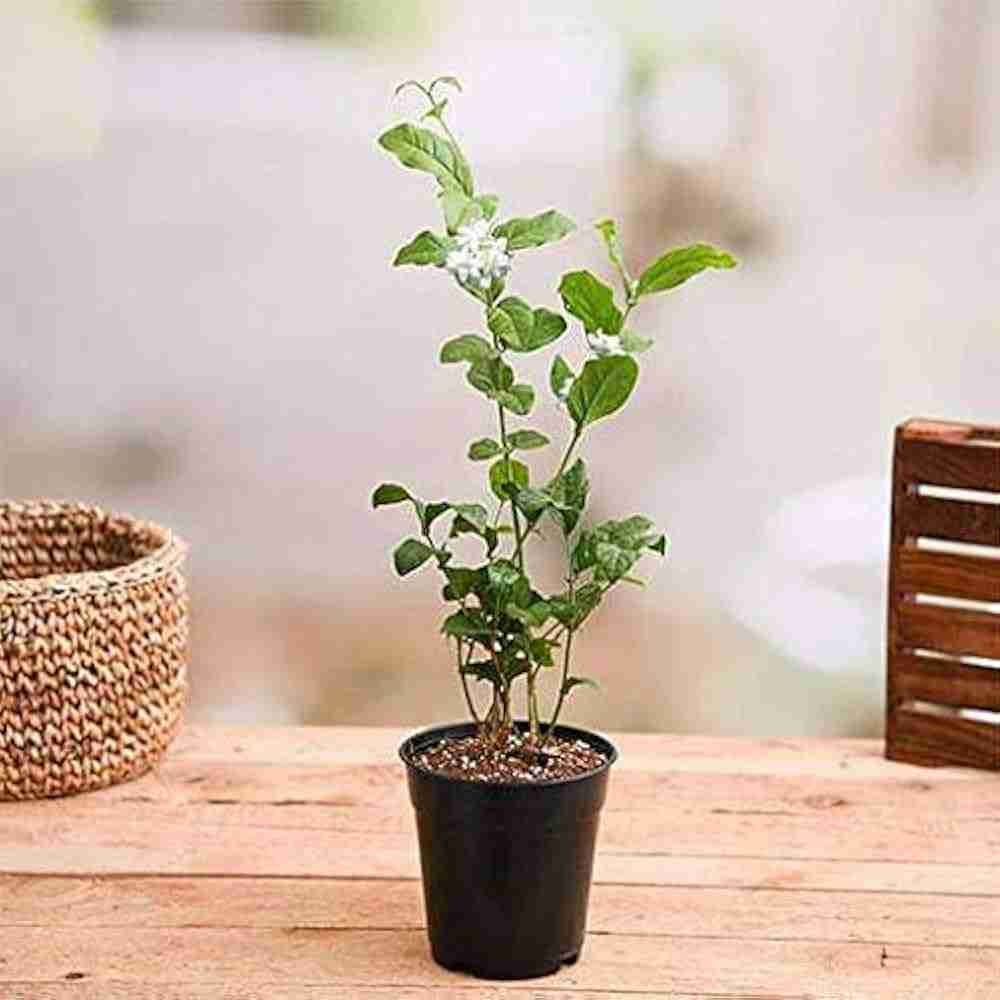
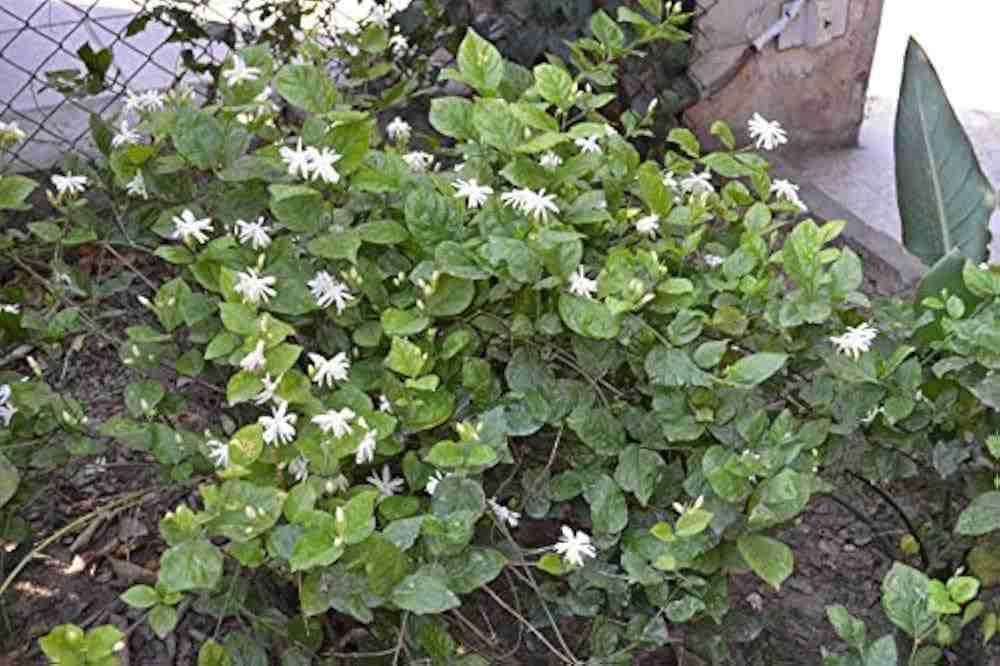
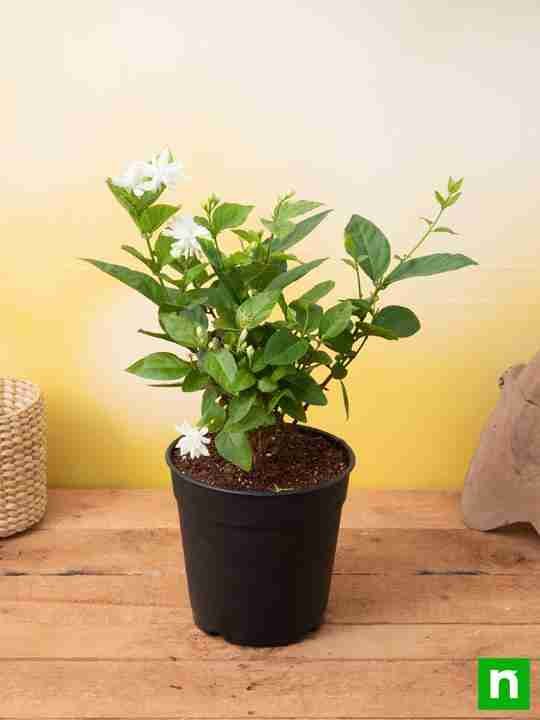
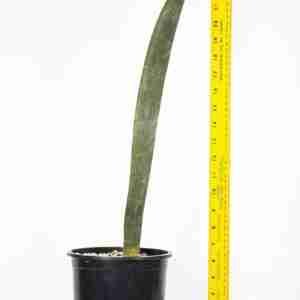
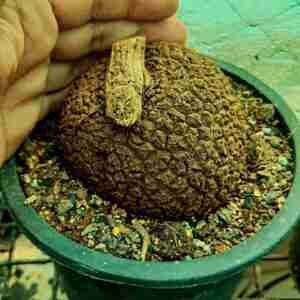
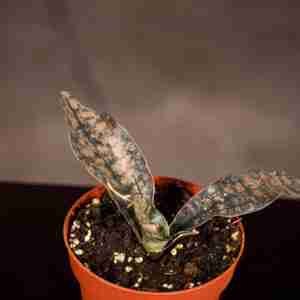
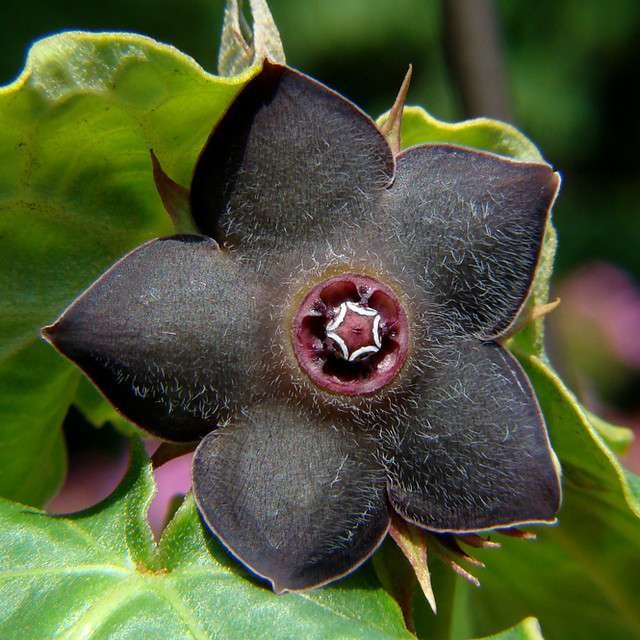
Reviews
There are no reviews yet.